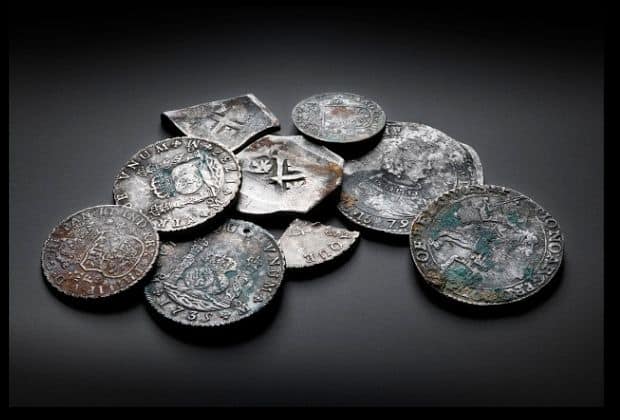
An open event this month will be the last chance to view artefacts excavated from the wreck of The Rooswijk Dutch East India Company (VOC) ship, lost nearly 300 years ago in 1740 on the Goodwin Sands.
In 2017 and 2018 the Cultural Heritage Agency of the Netherlands (RCE), Historic England and MSDS Marine undertook a high-profile excavation on the Rooswijk protected wreck site. More than 2,000 artefacts were excavated, ranging from coins to cannon balls and including both cargo and personal items.
Conservation and analysis are now nearing completion and later this year the finds will be undertaking their final journey to The Netherlands. The project team is holding an open event in Ramsgate, as part of the Festival of Archaeology, to allow the public the final opportunity to view them before they leave the UK.
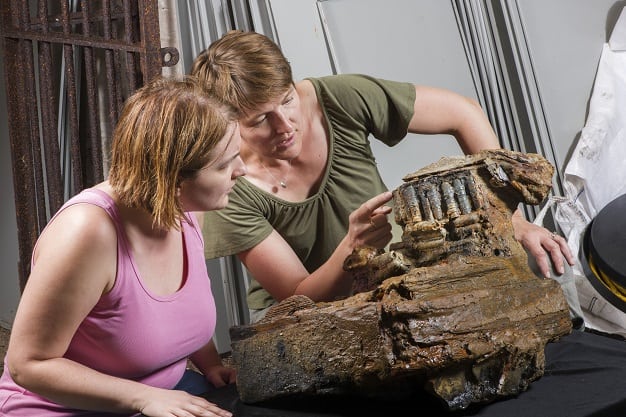
The event is on July 16-17 at Radford House in Effingham Street from 10.30am to 4.30pm.
It is a free, drop-in event suitable for all ages, supported by project partners and with additional funding from Ramsgate Town Council. Similar open days were held in Ramsgate in 2017 and 2018 and visitors to those sessions will see a huge difference in the finds now that they have been professionally conserved.
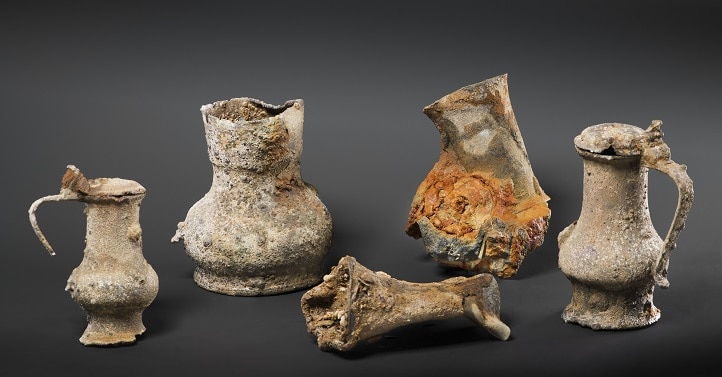
The Rooswijk sank on the treacherous Goodwin Sands in January 1740. The ship was outward-bound for Batavia (modern-day Jakarta) with trade goods. The site is now protected by the Protection of Wrecks Act 1973 and all access is controlled by a licensing system administered by Historic England on behalf of the Department for Digital, Culture, Media and Sport.
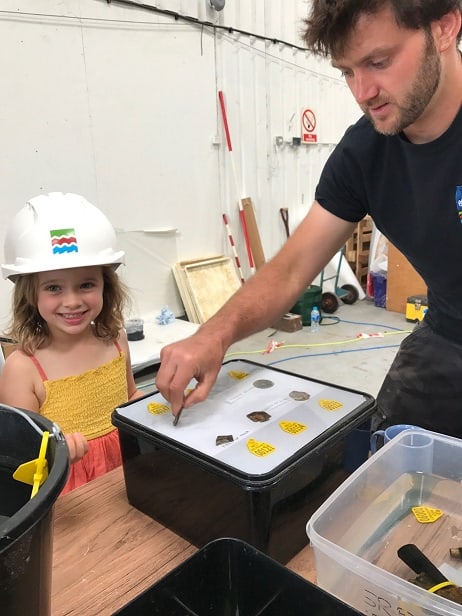
Copyright: RCE and Historic England, MSDS Marine
The ship’s remains lie at a depth of some 25 metres and are owned by the Dutch Government. The UK government is responsible for managing shipwrecks in British waters, therefore both countries work closely together to manage and protect the wreck site.
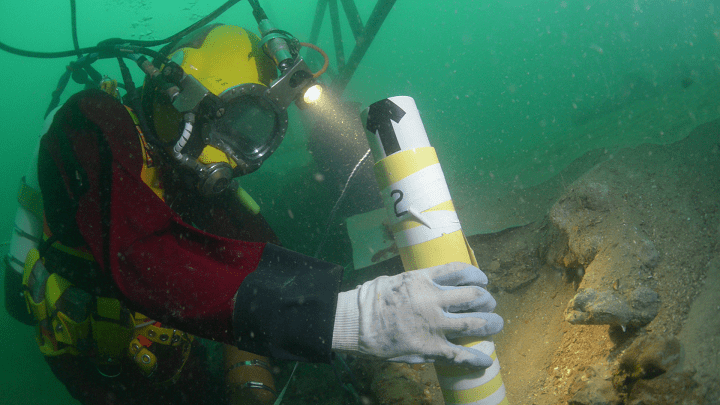
An archaeological survey of the site in 2016, undertaken by RCE and Historic England, showed that the wreck site was at high risk. As a result, a two-year excavation project began in 2017. The project involves an international team led by RCE in partnership with Historic England. MSDS Marine are the UK Project Managers.
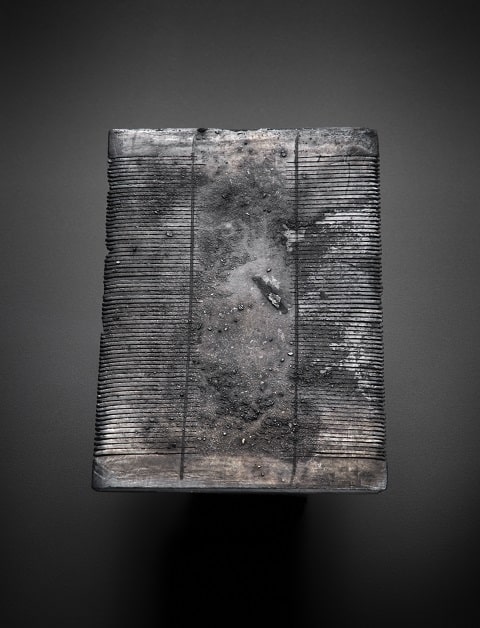
Martijn Manders, Maritime Archaeologist at RCE and the Project Leader on the #Rooswijk1740 project, said: ‘Wrecks such as the Rooswijk are part of the shared cultural maritime heritage across Europe and it’s important that cultural heritage agencies are able to work together to ensure that sites like this are protected, researched, understood and appreciated by all. This open day provides an opportunity for the public to view the finds before they return to the Netherlands’.
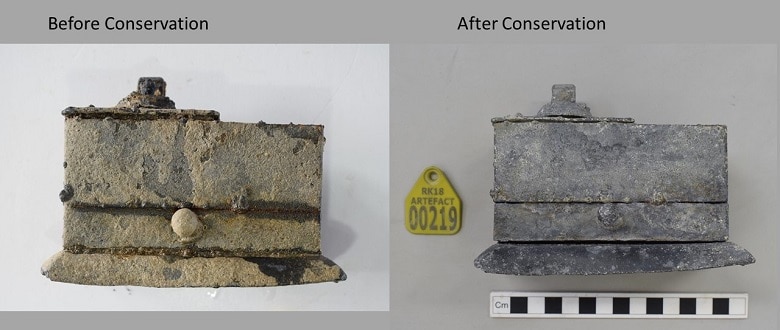
Copyright: #Rooswijk1740 project
Angela Middleton, Lead Project Conservator at Historic England, said: ‘It has been a huge privilege and at times a challenge to work on these artefacts. Together with many different colleagues we have made some amazing discoveries and keep unravelling the story of the Rooswijk. On the open days we will show visitors how artefacts are transformed and brought to live through conservation and analysis.’
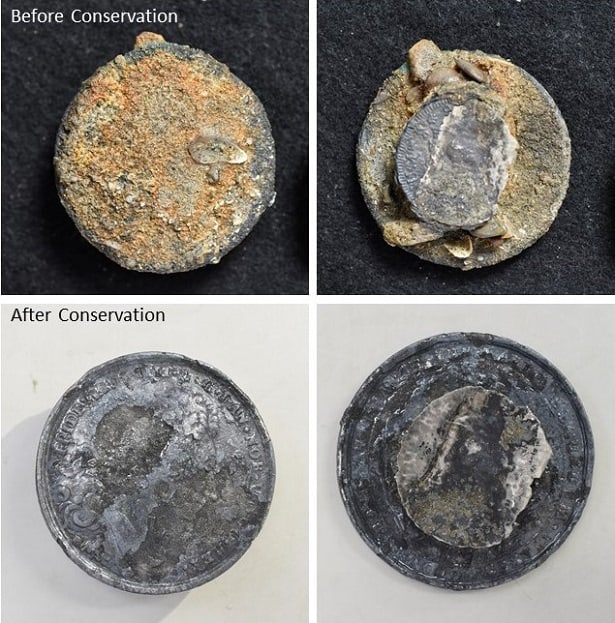
Copyright: #Rooswijk1740 project
Alison James, MSDS Marine, said: ‘Access for the public to protected wreck sites such as the Rooswijk is something that is really important as they are a shared asset for everyone to enjoy, not just the archaeological community. Open days allow people to discover the site for themselves and we will hopefully help inspire the next generation of maritime archaeologists – it was a similar open day that inspired me to become an archaeologist over 30 years ago!”.
The Rooswijk is a Protected Wreck site and can only be visited with a licence, available from Historic England.
Visit the virtual wreck tour at: https://www.cloudtour.tv/Rooswijk

